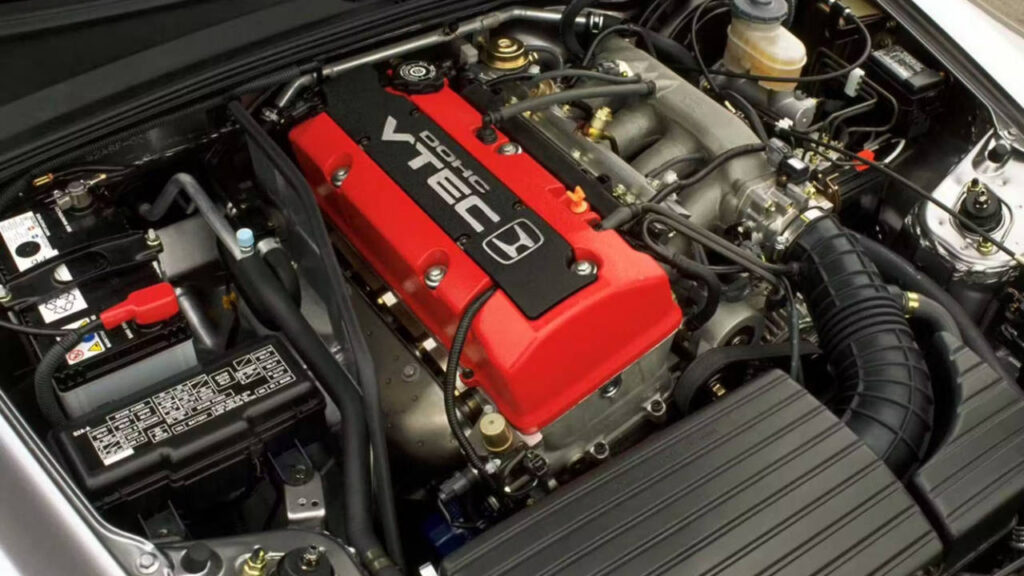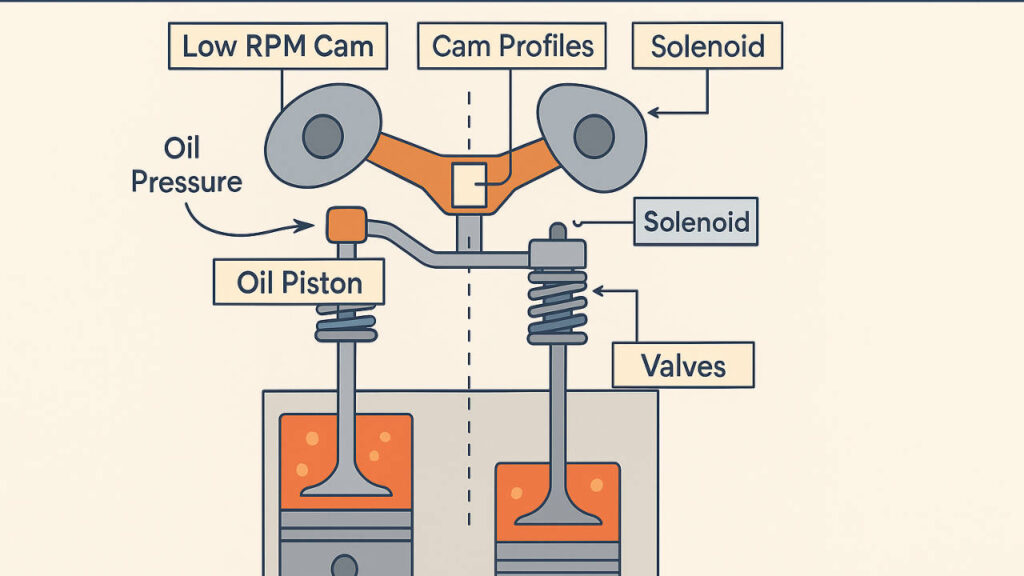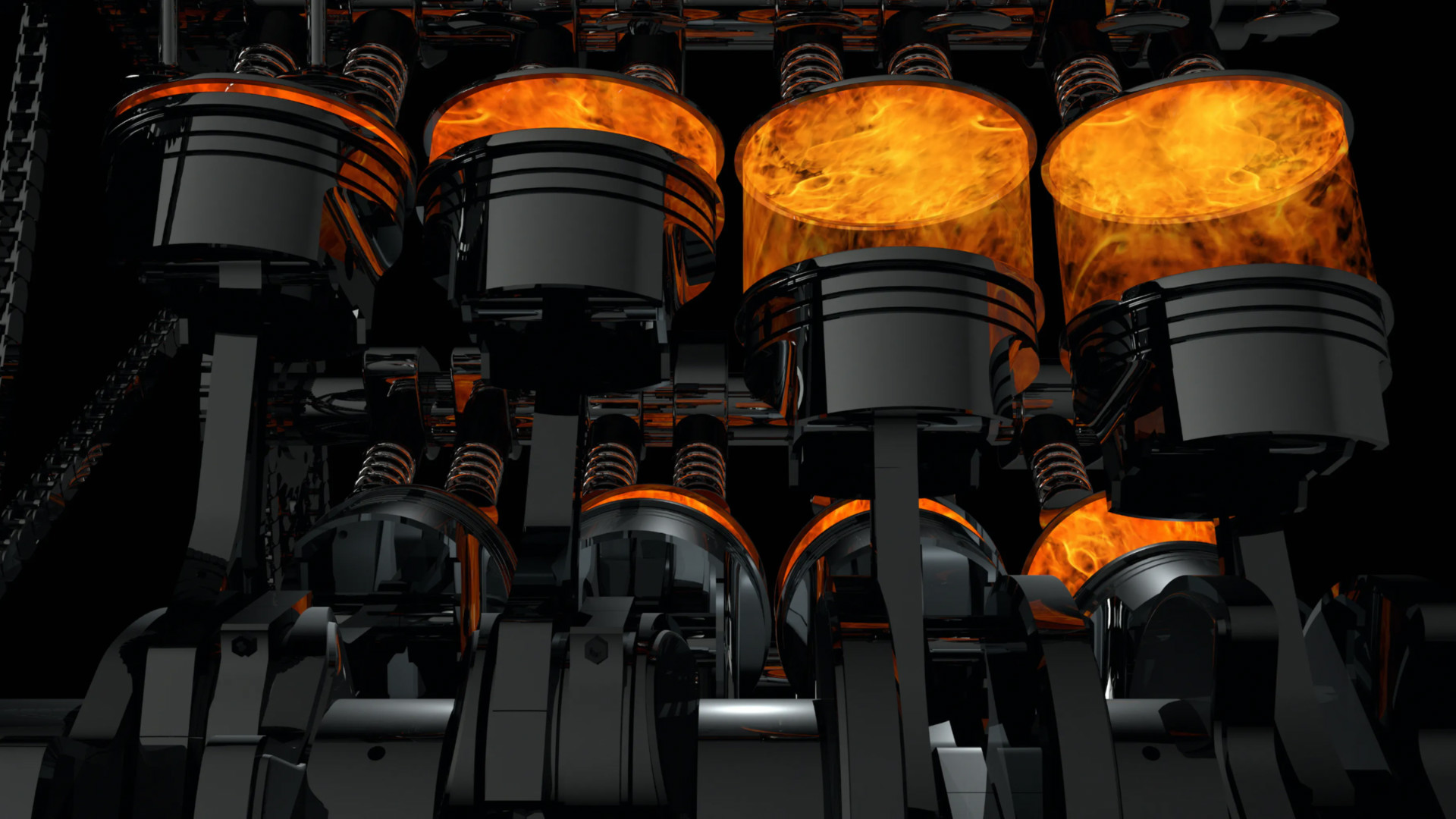Honda is known worldwide for its reliable, efficient, and innovative engines. One of its most famous technologies is VTEC, short for Variable Valve Timing & Lift Electronic Control. This system allows an engine to deliver both high performance and fuel efficiency, depending on driving conditions.

AI Quick Summary
Honda’s VTEC (Variable Valve Timing & Lift Electronic Control) technology uses multiple camshaft profiles to optimize engine performance and fuel efficiency depending on RPM. Originally introduced in 1989, VTEC allows for a smooth, fuel-efficient drive at low speeds and a powerful performance at high speeds, a hallmark of Honda engineering. Over time, VTEC has evolved into variations like i-VTEC and VTEC Turbo, continuing its legacy of balancing power and efficiency in modern Honda engines.
This summary was generated by AI using this article’s content.
Read Next
A Brief History of VTEC
The roots of VTEC go back to the 1980s. Honda first experimented with a system called REV (Revolution-Modulated Valve Control) on its motorcycles. In 1989, the first production car with VTEC was launched – the Honda Integra. The technology soon spread to popular models such as the Civic, Accord, and the legendary NSX supercar.
How Does VTEC Work?
An engine’s power depends largely on how much air and fuel can flow into it. At low engine speeds, efficiency is more important than raw power. At high speeds, maximum airflow is needed for performance.
VTEC uses multiple camshaft profiles:
- Low RPM profile – prioritises smoothness and fuel economy.
- High RPM profile – opens valves wider and for longer, boosting power.
When the engine reaches a certain speed, an oil-pressure-controlled solenoid locks the rocker arms to switch to the high-lift cam profile. The change is seamless but noticeable, often described by enthusiasts as “when VTEC kicks in.”
What Are the Different Types of VTEC?
DOHC VTEC

The original and most famous form. Found in performance cars like the Integra Type-R, it uses separate cam profiles for both intake and exhaust valves.
SOHC VTEC & VTEC-E
- SOHC VTEC controls only the intake valves due to design limitations.
- VTEC-E (Economy) improves fuel efficiency by opening one intake valve slightly at low RPM, creating a swirl effect for better combustion.
Three-Stage VTEC
This version combines fuel economy and performance:
- Economy mode (lean burn, 12-valve operation).
- Normal mode for everyday driving.
- High-performance mode at high RPM.
i-VTEC (Intelligent VTEC)
Introduced in the early 2000s, i-VTEC adds Variable Timing Control (VTC), which continuously adjusts valve timing. This gives smoother torque delivery and better efficiency across the rev range.
VTEC Turbo
Honda introduced turbocharged VTEC engines in the 2010s under its “Earth Dreams” technology banner. These combine turbocharging, direct injection, and VTEC for strong performance, reduced turbo lag, and excellent fuel economy.
Motorcycle VTEC
VTEC isn’t just for cars. Honda has used it on motorcycles like the VFR800, where one intake valve works at low RPM for efficiency, and both open at higher RPM for more power.
What Are the Benefits of VTEC?

- Power and efficiency in one engine – smooth at low speeds, strong at high speeds.
- Wider power band – no dead spots between low and high RPM.
- Improved fuel economy – especially with VTEC-E and i-VTEC.
- Proven reliability – used for decades across cars and bikes.
Why Does VTEC Still Matter Today?
Even decades after its introduction, VTEC remains one of Honda’s most recognised innovations. Modern versions, including i-VTEC and VTEC Turbo, continue to deliver the same promise: engines that are fun, efficient, and reliable.
For many enthusiasts, VTEC is more than just engineering. It is a symbol of Honda’s clever thinking and dedication to making cars enjoyable to drive.
Find the best Honda cars for sale in the UAE.
Stay tuned to UAE’s most popular auto blog for more information about the latest happenings in all of the Emirates.
FAQs
What does VTEC mean in Honda cars?
VTEC stands for Variable Valve Timing & Lift Electronic Control. It switches between cam profiles to provide fuel efficiency at low speeds and more power at high speeds.
When did Honda introduce VTEC?
Honda introduced VTEC in 1989 with the Integra. It was later used in popular models like the Civic, Accord, and NSX, making it a core feature of Honda performance engines.
How does Honda’s VTEC work?
VTEC uses multiple camshaft profiles. At low RPM it runs an economy cam, and at high RPM, it switches to a high-lift cam using oil pressure for better airflow and performance.
What are the types of VTEC?
The main types include DOHC VTEC, SOHC VTEC, VTEC-E, Three-Stage VTEC, i-VTEC, and VTEC Turbo. Each variant balances performance and efficiency differently, depending on the engine design.
Is VTEC still used today?
Yes, modern Honda engines still use VTEC, often combined with turbocharging and Variable Timing Control (VTC). It remains an important technology for balancing performance, efficiency, and reliability.
Honda is known worldwide for its reliable, efficient, and innovative engines. One of its most famous technologies is VTEC, short for Variable Valve Timing & Lift Electronic Control. This system allows an engine to deliver both high performance and fuel





